After a three-year strategic planning effort, the Architectural Heritage Foundation has rebranded as AHF, overhauled its website, and is in the process of relocating its offices from downtown Boston’s Old City Hall to the Charles River Speedway in Brighton. The changes reflect a shift away from historic property management to preservation-oriented development in under-resourced communities. AHF was fortunate to have the assistance of FireRock Marketing and Exponent Collaborative during the planning and rebranding process.
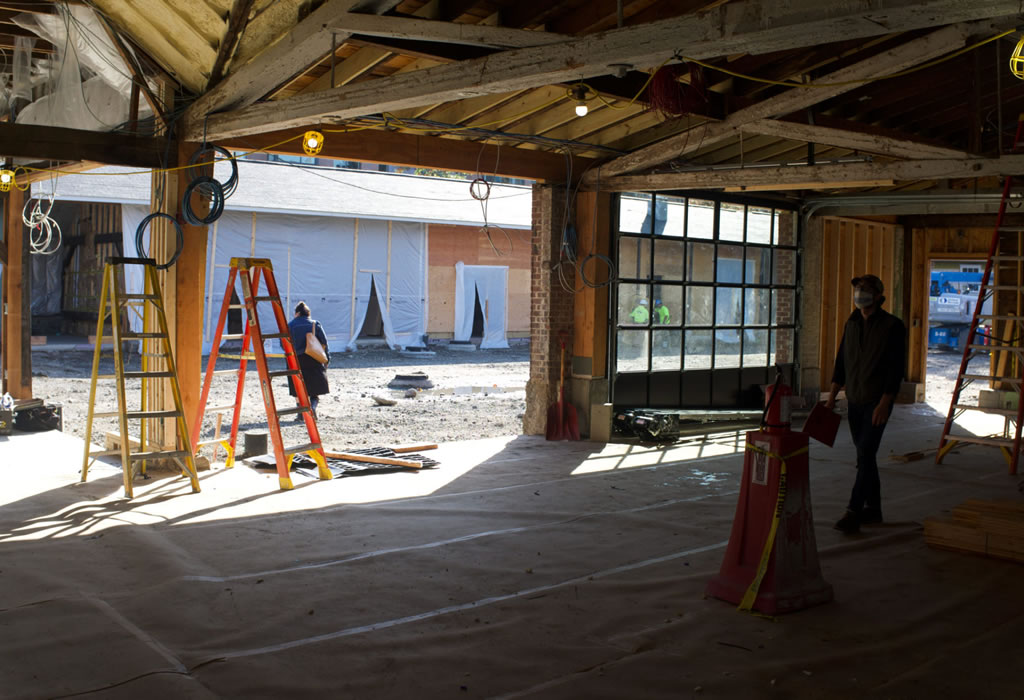
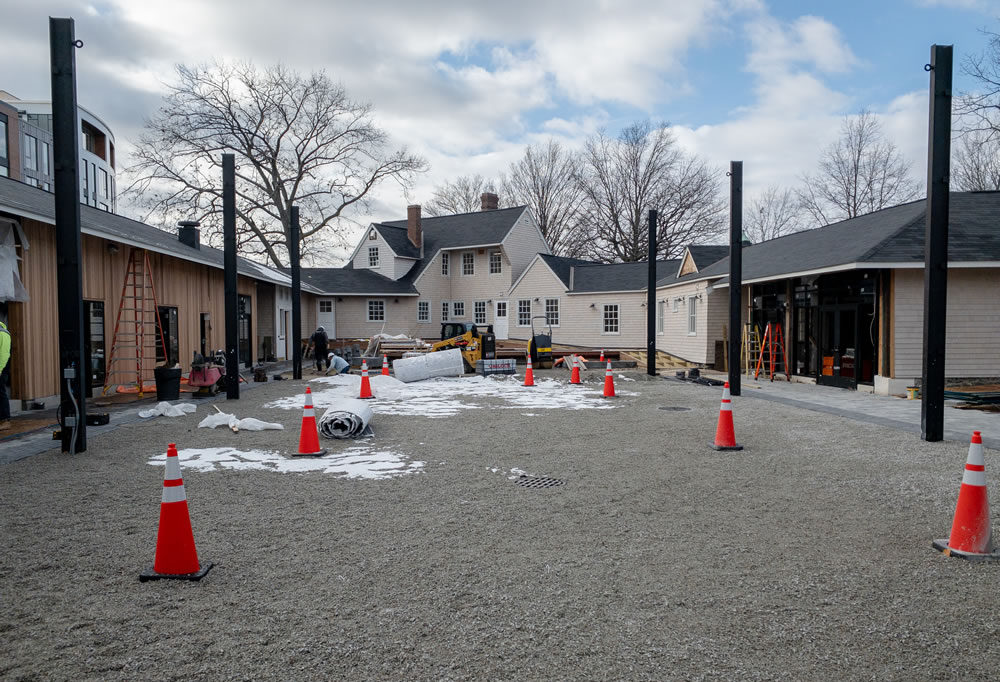
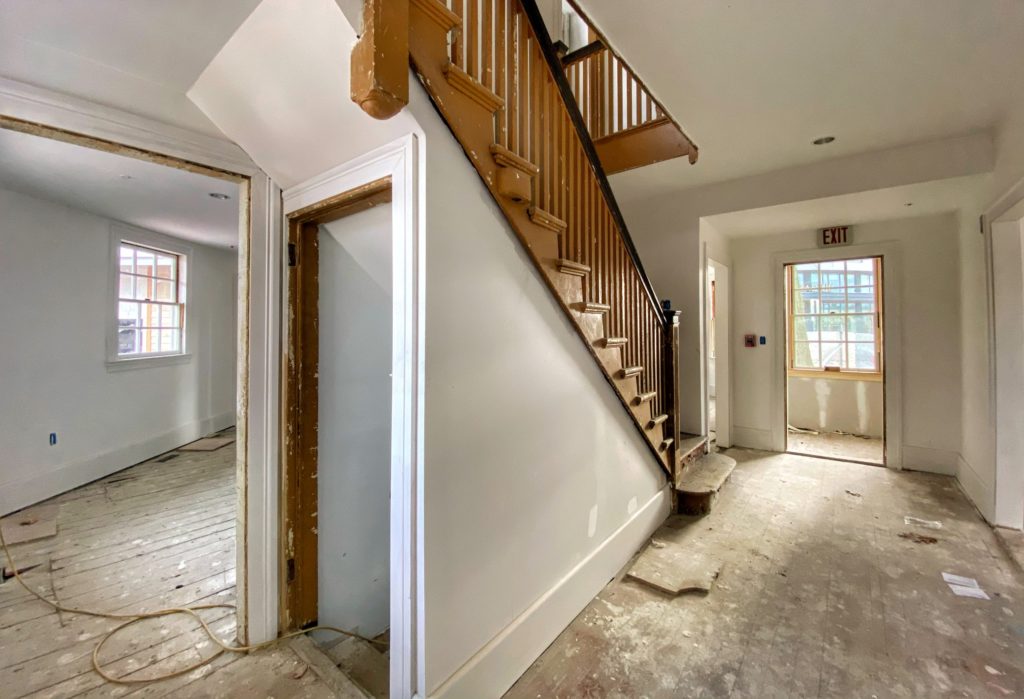
Over the five decades of AHF’s existence, the focus of historic preservationists has undergone a dramatic change. AHF pioneered adaptive reuse at a time when house museums dominated the preservation landscape and urban planners favored replacing historic structures with modern ones. In 1969, the organization redeveloped Boston’s Old City Hall into a thriving office and restaurant building, demonstrating that vacant historic properties could be reintegrated into the urban fabric. AHF managed Old City Hall for the next fifty years, during which time adaptive reuse grew increasingly popular as a community growth and empowerment strategy. While AHF occasionally departed from its primary role as a historic property manager to rehabilitate underutilized buildings, it was not until 1999, under the new leadership of Sean McDonnell, that the organization began to devote more attention to the trend it helped to initiate: stimulating economic development in disinvested places through historic preservation.
“This has been a long time coming,” says McDonnell of the rebranding. “The name Architectural Heritage Foundation no longer reflects the work we’ve been and are doing over the past two-plus decades to help communities ‘unstick’ preservation projects and generate economic development. People mistook us for an architectural firm or preservation philanthropy. We’ll always be the “Architectural Heritage Foundation” entirely, but referring to the organization consistently as AHF, not to mention the new website, will help us simplify and amplify our message as the go-to agency for historic preservation and economic development for critical community projects.”
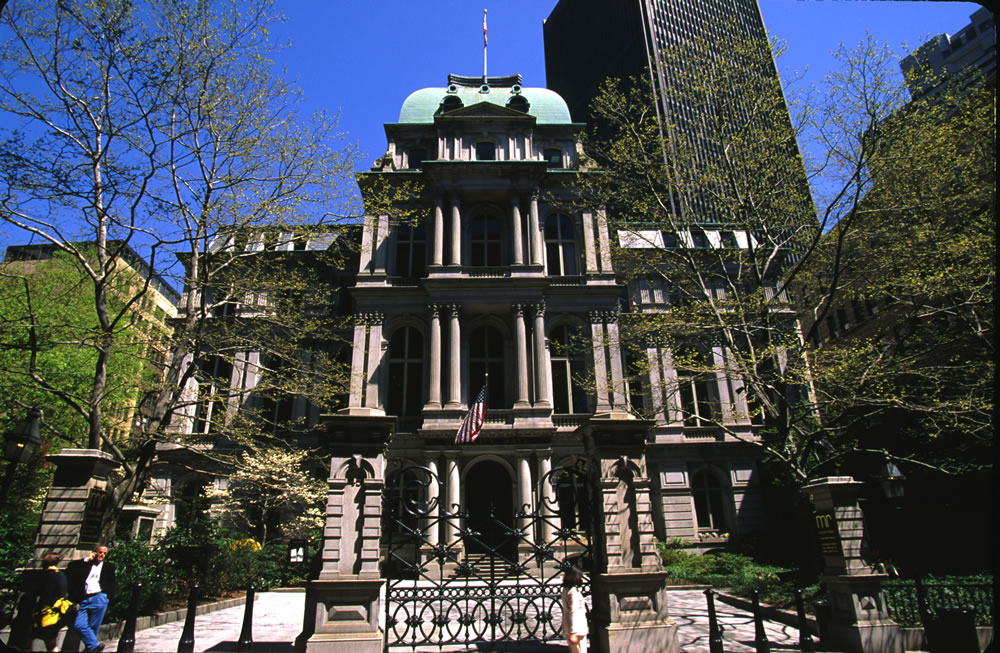
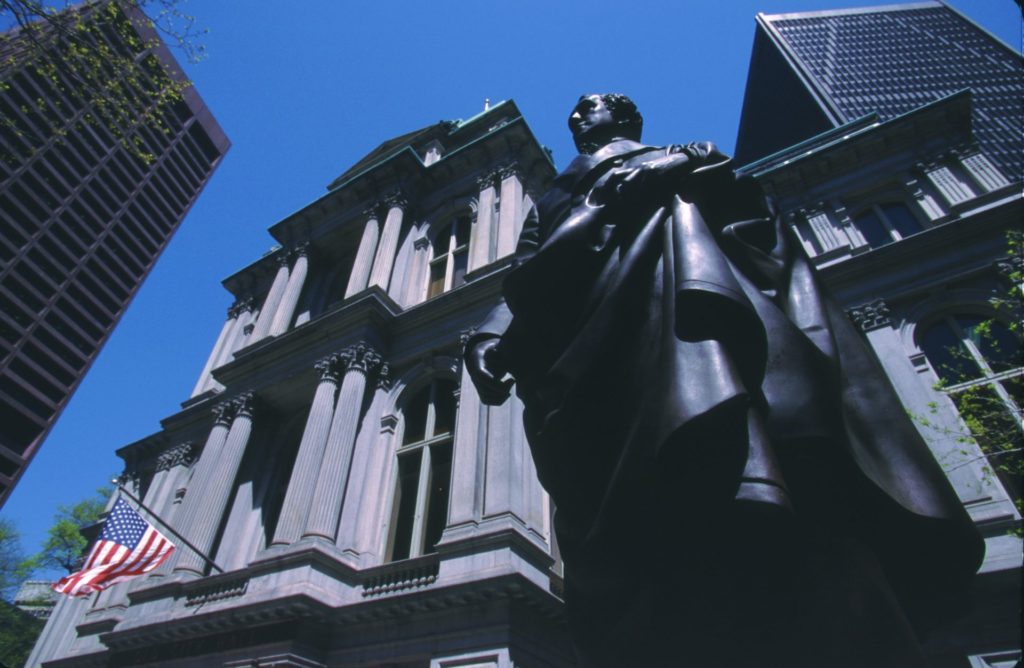
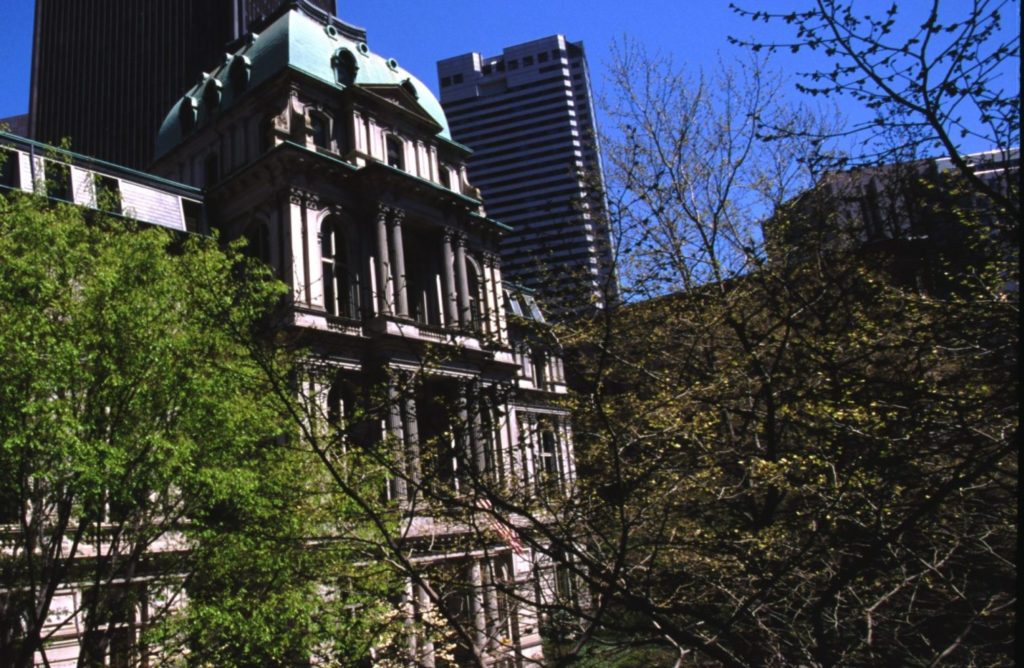
In addition to rebranding, AHF is moving its offices out of the basement of Old City Hall and into the newly rehabbed Charles River Speedway. This decision is partly an adaptation to the COVID economy, but also an effort to have a stronger presence in the communities AHF serves. Since 1969, Boston has experienced a surge in investment that has provided unprecedented resources for historic preservation downtown. In consequence, AHF has prioritized other parts of the city and the Commonwealth whose economies and historic resources are more vulnerable. The Speedway is the latest outcome of this shift in focus. Relocating to North Brighton will allow AHF to strengthen its ties with the local community while emphasizing its commitment making preservation an option of “first resort” in historically under-resourced areas.
“The field of preservation has grown so much since AHF was established, and we needed to rethink where we fit in” McDonnell observes. “A lot of people – from AHF Board members to our consultants – have helped us find our niche as a nonprofit developer and consultant. I’m incredibly grateful for their hard work and excited for the new chapter AHF has begun.”